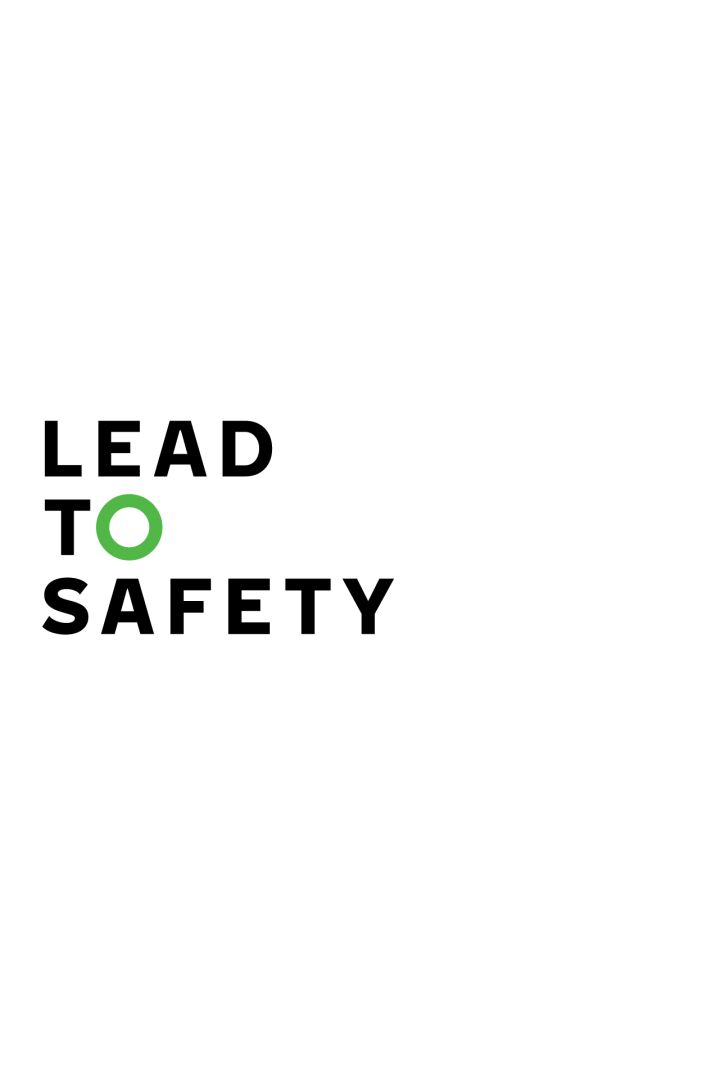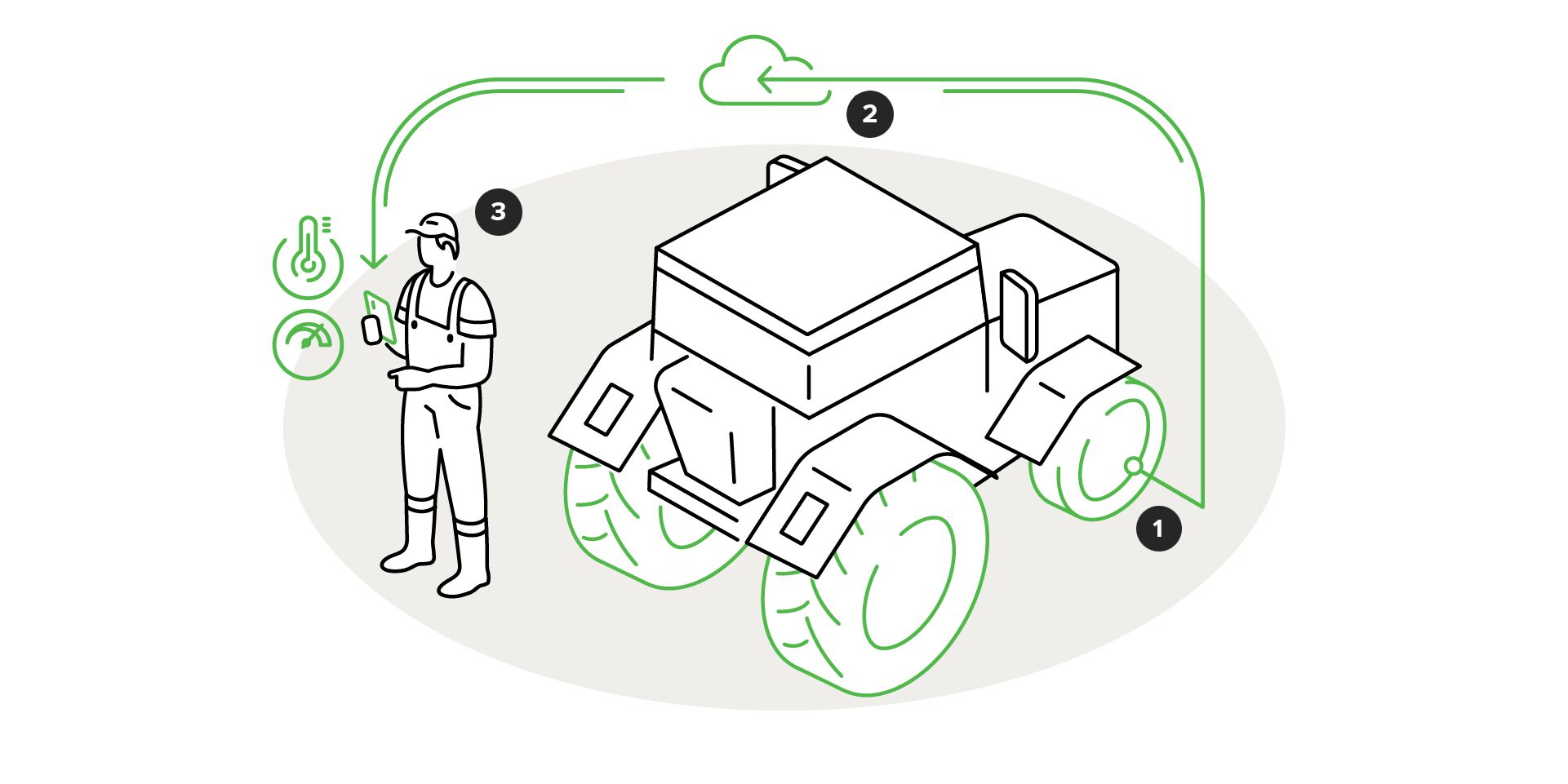Lead to Safety


Targeting the world’s safest tire
What is the challenge we are solving?
Tires are an important safety feature on a vehicle. Their contact area may only be the size of four palms, but they determine whether the vehicle will stay on the road and stop if needed. According to global studies on traffic safety, problems related to tires cause approximately 3 to 11 percent of all vehicle accidents. Tires become especially important under demanding and rapidly changing conditions: on snow and ice, wet surfaces, and in case of unforeseen circumstances. This is part of Nokian Tyres’ special expertise.
As a manufacturer of high-quality tires, Nokian Tyres continuously emphasizes the utilization and development of new innovations that improve safety. The key challenges involve, on the one hand, developing tires that are safer than before and, on the other hand, making drivers more aware of the significance of their tire choices, tire change intervals, and driving style.
What are we aiming for?
Nokian Tyres aims to manufacture the world’s safest tires for varying conditions. Our roots are in a market where seasons change and driving conditions are commonly challenging. This is why Nokian Tyres is especially known as the developer of the world’s best winter tires and forestry tires: We offer reliability to drivers who require it in all conditions. The basic principle has been the same since 1934 when we invented the world’s first winter tire.
We are a front-runner in our industry, especially as regards grip characteristics. We target to ensure that 100 percent of Nokian Tyres premium passenger car tires continue to achieve an A or B class wet grip rating in the EU Tyre Labeling system and that all of the Nokian Tyres Hakkapeliitta products meet the EU ice grip requirements also in the future.
What will it take to meet the target?
Even smarter tires
Even though the external appearance of tires has remained very similar for decades, their technical characteristics have advanced by leaps and bounds. Nokian Tyres has been developing smart tires for years, and our future targets are ambitious.
Smart tires refer to tires that can sense what happens where the tire meets the road and can communicate this to the driver. Five years ago, Nokian Tyres introduced the Intuitu smart tire solution for heavy machinery, such as tractors and agricultural equipment. The technology uses sensors in the tire to relay information on tire pressure and temperature directly to the mobile application of the driver or fleet operator.
In the future, smart features in tires will increase further, and smart systems will also be available for passenger cars. They help the driver to operate safely under changing conditions: For example, the information relayed by the tires can allow the car to alert the driver on the risk of aquaplaning. Smart features will become even more important if self-driving vehicles appear on the roads in the future. Tires that are able to report on their defects or communicate to the vehicle that they can be used are a key factor in terms of traffic safety.
Smart tires make work safer and more efficient
1. Sensors collect data
Attached to the tire’s inner surface, the sensor collects accurate and real-time information on tire pressure and temperature.
2. Real-time alerts
The monitoring system uses a Bluetooth connection to send data and real-time alerts to the user. This makes it possible to react in time for sudden changes for example in tire pressure or temperature.
3. Smart safety
The correct tire pressure is important for grip and stability as well as fuel consumption and tire service life. High tire temperature is linked to tire damage. With smart tires, work can become safer, more efficient and more economical.
Adapting tires to conditions
As climate change progresses, extreme weather phenomena will also become more commonplace. As a result, challenging and surprising driving conditions will occur more commonly. This makes Nokian Tyres’ expertise in varying conditions even more significant. In the Nordic countries, summer tires need to operate at temperatures ranging from heat waves to heavy rain and morning frost. In the winter, tires that are suitable for a wide temperature range are in particular demand, even though combining the safety characteristics for different weather conditions in one product is not simple.
In the future, tires will no longer be static; instead, they will be able to adjust their features on the basis of their intended use or the weather conditions. A good example of this is the world’s first concept winter tire with pop-out studs which we developed ten years ago. It allows the driver to pop out the studs at the press of a button, thereby improving the grip. Once studs are no longer required, they are retracted into the tire. This unprecedented technology provides a taste of what may be possible in future tires.
We are also aiming to develop a tire that adapts to the present weather conditions by adjusting the tread volume. Tread volume affects the tire’s characteristics under varying weather conditions: in rainy weather, high tread volume is more resistant to aquaplaning, but while on dry roads, the deep treads impair the tire’s handling and driving properties. Such a solution may be available on the market in 5 to 10 years.
Utilization of data in improving road safety
In a little more than a decade, tires will continuously communicate with vehicles’ brake and assist systems, generating real-time data on the condition of the road surface and the overall driving conditions. This data will improve the safety of the vehicle and all road users.
As smart tires become more commonplace and all the data related to tires and road surfaces can be compiled together, exceptional information can be made available to fleet owners, vehicle service shops, the authorities, and road maintenance. For example, this will allow for a future where tire wear data is submitted online, and vehicles can autonomously drive to the dealership to pick up a fresh set of tires.
Increasing tire awareness among customers
Driving with tires that are badly worn and of low quality is a major global safety risk for the driver as well as the other road users. This is why Nokian Tyres has, for decades, aimed to increase customer awareness on the selection of safe tires, tire maintenance, and condition monitoring as well as the safety impacts of driving habits.
Twenty-five years ago, we were the first in the industry to develop the easy-to-use DSI (Driving Safety Indicator) that clearly indicates the tire’s remaining tread depth and the appropriate replacement time for the tire. In the future, the information communicated by tires’ built-in sensors will make it even easier to monitor the condition of the tire.
